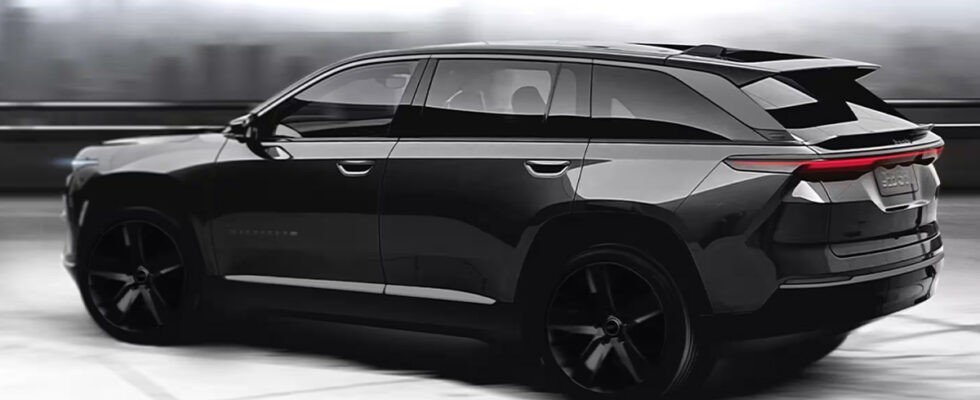According to an announcement, from 2025, Stellantis will equip its electric vehicles in North America with the NACS charger, designed by Tesla. This decision opens up new perspectives in terms of charging, while raising questions about access to the Supercharger network.

The automotive industry is witnessing a revolution in terms of charging electric vehicleswith the growing adoption of the connector Tesla NACS by major manufacturers. After Ford and General Motors, which marked a turning point by aligning with this standard, other emblematic brands such as Volkswagen are also considering integrating this system. These strategic alliances, reinforced by historic agreementsdemonstrate the sector’s desire to converge towards a universal chargerthus making life easier for users and promoting interoperability between different brands of electric cars.
Alongside this trendunification of charging standards, Tesla continues to innovate by announcing the construction of the largest Supercharger station in the world. This ambitious project is part of the company’s efforts to expand its already impressive network, providing more accessible charging infrastructure and more practical for a wider clientele. The expansion of this network, coupled with the widespread adoption of the NACS connector, marks a significant step toward accelerating the adoption of electric vehicles, reducing one of the main barriers: availability and convenience of charging.
Stellantis will adopt Tesla’s NACS charger from 2025
Stellantiswhich encompasses several brands, including Jeep, Fiat, Peugeot, Citroën, and others, aligns with the new charging connector standard SAE J3400 (NACS) for its electric vehicle models in North America. Implementation planned for certain models from 2025, corresponding to model year 2026 vehicles. This transition to NACS, a standardized version of the connector developed by Tesla, marks a significant turning point, since automotive giants such as Ford have also announced their adoption of this standard. However, although Stellantis has announced its intention toadopt this charging connectorthe company has not provided specific information regarding the access of its vehicles to the network Tesla Superchargers.
The question of interoperability also arises for plug-in hybrid vehicles (PHEV) from Stellantis, which currently dominates its electrified segment with more than 142,000 sales in 2023. The company plans to provide adapters for older vehicles equipped with the CCS1 port during the transition period, but has not yet confirmed the extension of the NACS to PHEVs. Ricardo Stamatti, Stellantis Vice President of Global Energy and Charging, highlights the importance of aligning with open standards to simplify and make more accessible chargingin line with their Dare Forward 2030 strategic plan.
Source: Stellantis
